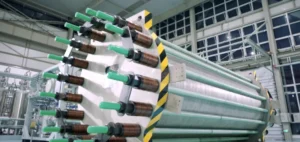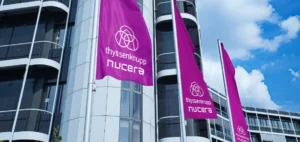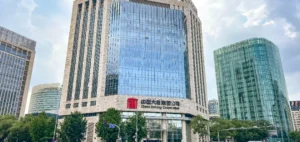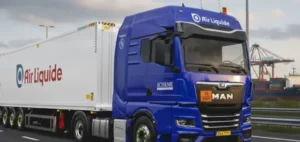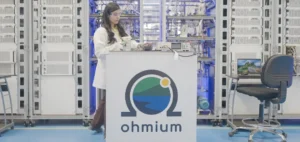Johnson Matthey (JM) and thyssenkrupp Uhde have signed a memorandum of understanding to jointly develop an integrated low-carbon blue ammonia solution. This collaboration builds on an almost 25-year relationship between the two companies, aimed at combining their respective expertise to meet the growing demand for ammonia in the energy, shipping and industrial processes sectors. Ammonia, which is easier to store and transport than pure hydrogen, is crucial to the decarbonization of these sectors.
Innovation and cutting-edge technology
By joining forces, JM and thyssenkrupp Uhde will offer proven technologies, including the uhde process for ammonia and JM’s LCHTM technology for hydrogen. This integration will enable the production of blue ammonia with up to 99% CO2 capture. Thyssenkrupp Uhde is experienced in building ammonia plants, having completed over 130 installations since 1928. For its part, JM brings its knowledge of hydrogen, having been selected for projects such as bp’s H2Teesside and H2H Saltend in partnership with Equinor and Linde.
Market prospects and challenges
Global demand for ammonia is set to exceed 600 million metric tons by 2050, driven by the needs of the shipping and power generation markets. Blue ammonia is expected to account for two-thirds of this demand, with a potential market of over $200 billion by 2050. Many countries are setting decarbonization targets, making this technology essential to achieving them.
Environmental and economic benefits
Blue ammonia enables hydrogen to be transported safely and efficiently, using existing infrastructures, making it a key solution for the energy transition. By significantly reducing CO2 emissions, this technology offers a sustainable way of producing and using clean energy.
Reflections from Industry Leaders
Alberto Giovanzana, Managing Director of Catalysis Technologies at Johnson Matthey, points out that “ammonia offers a number of options in the energy transition, as it can be used directly in the energy and shipping industries, as well as a hydrogen carrier”. Lucretia Löscher, COO of thyssenkrupp Uhde, adds that “this collaboration strengthens our portfolio of climate solutions and helps our customers achieve their sustainability objectives”. The collaboration between Johnson Matthey and thyssenkrupp Uhde to develop a low-carbon blue ammonia technology is part of the energy transition.











